Murals, as an artistic testament to societal evolution, have continually shaped the landscape of the United Kingdom, playing a pivotal role in the depiction of its diverse heritage. A range of British muralists have emerged over the century, transforming blank walls into canvases that breathe life and tell a story, marking an evolutionary journey that accentuates Britain’s rich cultural, historic, and socio-political narrative. This discourse will journey through the annals of British mural artistry, tracing the artistic trajectory of these muralists, comprehending their unique styles and contributions, investigating common themes and techniques, and finally, understanding how this art form has seeped into the creative arteries of the modern era.
The Historical Timeline of British Muralists
The story of British muralists essentially begins in the early 20th century, following the establishment of the British School of Art.
It was during this period that art moved away from the confines of the elite and became more accessible to the public. Murals, large-scale works of art directly painted or applied on walls, bridges, and other structures, became an important mode of expression. They involved various artistic styles, including realism, abstraction, symbolism, among others.
The early 20th century was marked by the works of artists like Frank Brangwyn and Anna Katrina Zinkeisen.
Brangwyn, born in Bruges to a Welsh father and English mother, he was one of the very first British muralists of significance. His art was heavily influenced by his travels in Spain and the Flemish tradition, resulting in dramatic and dynamic murals. Zinkeisen, on the other hand, was known for her murals in the ocean liner RMS Queen Mary and in the West End of London.
The 1930s to 1950s was a fermenting period for British muralists, with artists like the famous duo, Gilbert and George who started creating murals in London during the 1970s.
Their works were radical, breaking away from the traditional mural art and employing bright colours and striking visuals. Alongside, other prominent names included Richard Hamilton and David Hockney, who created works with a more pop-art influenced style.
In the following decades, mural art witnessed a rise in political and social storytelling.
Murals were used as a medium to convey political views, to boost morale during the war, to tell stories of oppression, freedom, and identity. The murals of Belfast in Northern Ireland serve as poignant reminders of the period called “The Troubles”.
Similarly, the late 20th century and start of the 21st century witnessed an explosion in the field of urban and street art.
Murals are now a dominant feature of the urban landscape in cities like London, Bristol, and Glasgow. Artists like Banksy use murals as a form of protest against issues such as war, capitalism, and class struggle, demonstrating the enduring power of this art form as a tool for social commentary.
With the rise of the digital age, British muralists have also adopted new technologies in creating their works.
Digital projection and other multimedia tools have been used to bring murals to life, adding an interactive element that traditional paints cannot offer. This has given birth to a new wave of muralists who are pushing the boundaries of what can be considered mural art.
Delving into the rich history of British muralists, it becomes clear that each of them played a quintessential part in shaping the UK’s traditional and cultural landscape in their own inimitable way.
These artists, through their aesthetically engaging public artworks, didn’t just add to the visual allure of their surroundings but also managed to encapsulate the essence of the times they were created in.
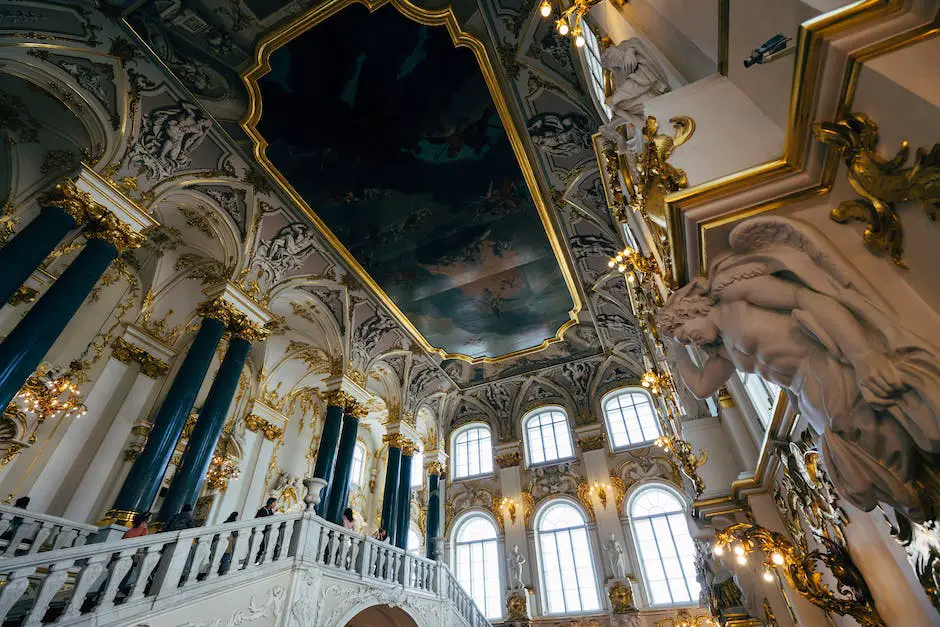
Significant British Muralists and Their Contributions
Established Pioneers of Mural Art: Rex Whistler and Phoebe Anna Traquair
Born in 1905, Rex Whistler was an eminent muralist whose unique artistry, replete with elements of romanticism and whimsy, made a mark in the British artistic sphere. His most sublime artworks, like the lighthearted “Cupids’ Bower” mural in Shell House and the fascinating “Trompe-l’oeil” in Plas Newydd, showcase his deep appreciation for the classical Greek and Italian master painters. Whistler’s body of work, characterized by an interesting amalgamation of disciplines and an underlying sense of whimsy, set him apart from his cohorts.
Another luminary in the field was the late 19th-century muralist Phoebe Anna Traquair, hailing from Scotland. Her work, which encapsulated the spirit of the Celtic revival, was known for its carefree design principles, eye-catching colour palette, and an innovative blend of natural and religious motifs. One can get a sense of Traquair’s artistic prowess and unmatched craftsmanship in her most revered work – the deeply moving murals inside the Mortuary Chapel at Edinburgh’s Royal Hospital for Sick Children.
The Modernist Painter: Sir Stanley Spencer
In the 20th-century, Sir Stanley Spencer distinguished himself as one of Britain’s most influential muralists. Spencer’s style straddled the realms of modernism and realism – audaciously distilling everyday life into spiritual allegories. He painted an extensive series of murals for Sandham Memorial Chapel depicting scenes from the Great War, cloaking grim realities in divine illumination. This commitment to grounding spiritual themes in recognizable landscapes distinguished Spencer’s work and lent it enduring resonance.
The Social Conscience: Clifford Harper and Gilbert Spencer
Over the years, British muralism also witnessed a breed of artists like Clifford Harper, who used walls as a platform to voice socio-political narratives. Harper’s influential works showcased the concerns and aspirations of working-class communities. His murals, known for their graphic depictions and political commentary, have adorned the walls of many public spaces, recording the lives and struggles of ordinary people.
Gilbert Spencer, the younger brother of Stanley Spencer, also left a mark with his poignant mural depictions of post-war England. His colossal ‘Building Britain’ series in Rotherhithe, London, is a tribute to the ordinary worker, showcasing his integral place within a rapidly changing society.
Bringing Art to the Streets: Banksy
No account of British muralists could be complete without mentioning Banksy, the notorious street artist and political activist whose murals have garnered worldwide attention. Melding dark humour with biting socio-political commentary, Banksy’s stencilled murals have established him as an unrivalled force in the world of street art. From ‘Balloon Girl’ to the ‘The Dismaland Bemusement Park’, Banksy has reshaped the perception of muralism, and in doing so, redefined public spaces as forums for dialogue and dissent.
In the sphere of muralism, numerous artists from the United Kingdom have left their mark, diversifying the discipline through their individual styles and themes. The spectral range of British muralists extends from the dreamy romanticism of Whistler, to the thought-provoking social commentaries of Harper, and the daring urban art of Banksy. Their collective contributions have enriched the tradition of muralism, carving a notable niche in the broader world of public art in the process.

Themes and Techniques in British Mural Art
Recurring Modes in UK Murals
A cursory glance at British murals reveals a tapestry of subjects often rooted in quintessential British values and cultural history. This includes societal realities such as the feeling of community, the endeavours of the working class, as well as political satire, peace and unity. Notably, these motifs are not confined to the national boundary. They often present a broader picture, touching upon both, idiosyncratic community ideals and overarching global subjects. For instance, Northern Ireland’s murals, also known as the Peace Walls, depict the intense socio-political tension of the area whilst simultaneously reflecting the shared aspirations for unity.
Techniques Employed by British Muralists
British muralists have utilised various techniques throughout history, with the style evolving over time. Predominantly, they incorporated the use of frescoes, a technique in which paint is applied to wet plaster, during the medieval period. This continued until the mid-19th century with the reintroduction of Church decoration. Gradually, this technique gave way to oil and acrylic paint on canvas or directly on walls – better suited to the British climate.
The work of muralists such as Walter Crane, during the turn of the 20th century, is characterized by detailed, vibrant imagery heavily influenced by the Arts and Crafts movement. Later, in the mid-20th century, artists such as Hans Feibusch incorporated modernist aesthetics into their work, executing murals which were metaphorical, symbolic, and often with a focus on texture and abstract form.
The Evolution of British Mural Art
British mural art has continually developed and transformed with each passing decade, shifting styles, techniques, and the themes that they depict. The end of the twentieth century and the dawn of the twenty-first saw the streets become a canvas for the likes of renowned artist Banksy. Murals became a vehicle for social and political commentary, with this evolution most palpable within the urban landscapes of Bristol and London.
In contemporary times, British mural art has increasingly blurred the lines between traditional and digital methods. The creation process often begins digitally before the transition to physical painting, with augmented reality technology being used to breathe life into these static pieces. This natural evolution in muralism is reflective of the unique balance between heritage and innovation within the British art scene.
Furthermore, muralism is becoming a more community-focused affair, seeing artists collaborate with local communities in the planning and execution of the pieces. This movement is very much apparent in initiatives such as the London Mural Preservation Society, fighting to preserve London’s existing murals, and Dulwich Outdoor Gallery, which democratizes art via accessibility. These actions underline the powerful role murals play in public discourse and community cohesion amidst the rich cultural tapestry of Britain.

British Mural Art in the Modern Day
Modern Era Adaptation by British Muralists
Echoing the vibrant fluidity characteristic of fine arts, UK mural art has undergone significant revolutions in various aspects. Even though firmly embedded in traditional customs and techniques, British muralists have seamlessly adapted to modern styles, fostering an amalgamation that showcases forward-thinking creativity. This hybridisation has led not only to an aesthetic evolution but also the progression of the art form, surpassing its habitual role.
Influence of Street Art
One of the primary drivers of this progressive shift has been the rise of street art. Street art, characterized by its public accessibility and often controversial themes, has pushed mural art into the everyday visual landscape of the urban populace. British muralists like Banksy, remain at the forefront of this movement, transforming the walls of buildings into canvases for political commentary and societal scrutiny. As a result, mural art, once restricted to institutional and sacred spaces, has become an integral part of the urban visual culture.
Blending of Traditional and Modern Styles
Traditional mural art was often bounded by rules of proportion, tonality and a narrative function. However, as modern art movements took hold, abstract forms, bold colours and unconventional mediums started gaining prominence. British muralists like Julie Cope, have successfully harnessed this fusion of traditional and modern styles, crafting pieces that marry figurative imagery with abstract expression. This harmony of techniques has expanded the visual vocabulary of mural art, inviting audiences to experience the clash and synthesis of the old and new.
Impact on Public Spaces and Social Issues
The positioning of mural art in public spaces has amplified its potential to address social issues. With wide visibility and immediate impact, murals serve as a powerful platform for social dialogue. British muralists like Paul Curtis have used their craft to highlight important issues, ranging from environmental conservation to gender equality. Known for his celebrated ‘Liverpool Wings’ mural, Curtis’s work frequently embodies social engagement and direct communication with public audiences.
The manipulation of public spaces extends beyond making sociopolitical statements. It also involves transforming urban environments. A drab wall or an ignored corner can be rejuvenated through the use of mural art. This not only beautifies the locales but also imprints a distinct identity onto the cityscape, engaging local communities and fostering civic pride.
From the streets of London to the alleyways of Manchester, British muralists have carved an artistic niche that transcends the gallery-dependent art world. In the era of digital media and shifting aesthetic tastes, they provide a tangible connection to the tradition of art while continually evolving to mirror the changing society.
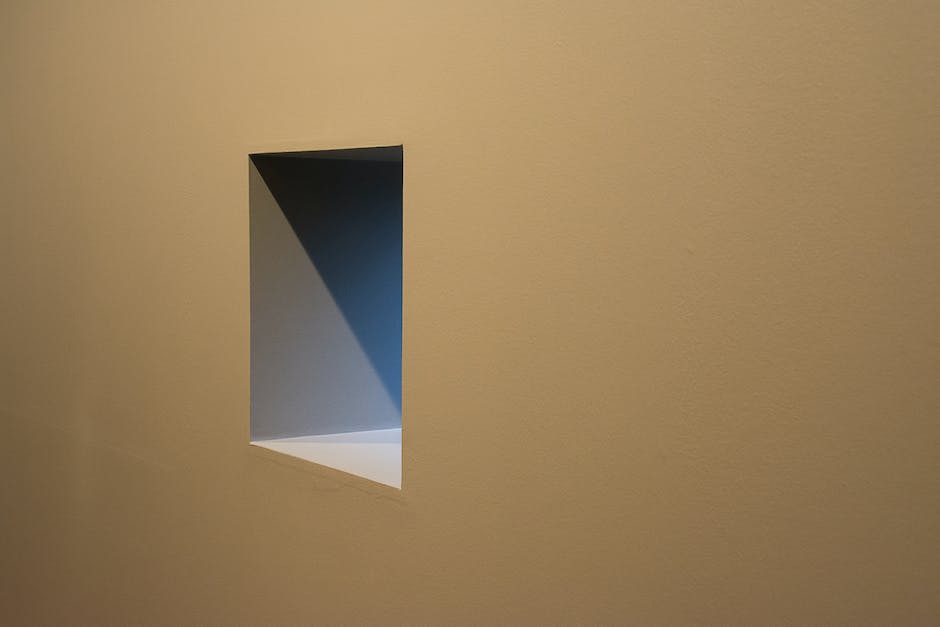
Indeed, the influence and adaptation of UK mural art in the contemporaneous world is testament to its alluring magnetism; it’s a collage of retrospective echoes and modern imprints. As a vibrant fusion of conventional and modern styles, mural art has splashed colour onto the canvases of public spaces, transcending its aesthetic value to shed light on socio-political paradigms, creating a dialogue beyond the confines of the gallery wall. The captivating saga of British muralists, enmeshed in their passion for artistic expression and societal commentary, reflects in every stroke, every colour, telling us that the walls in the UK don’t just divide space – they speak, they resonate, and indeed, they resonate with the spirit of life and dynamism.
Recommend0 recommendationsPublished in Art History


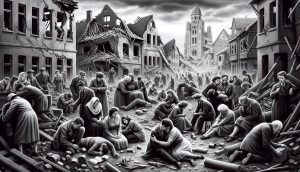
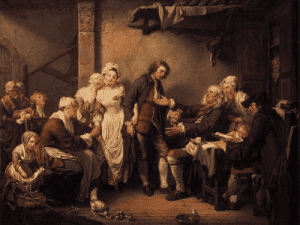
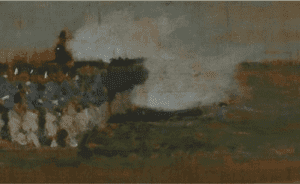
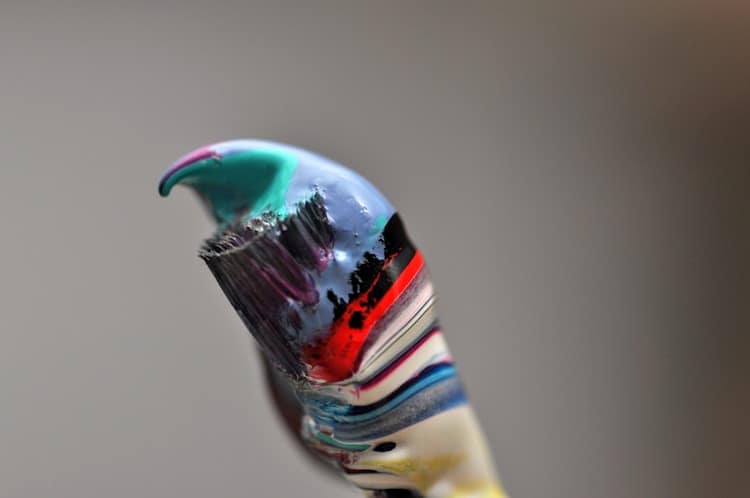
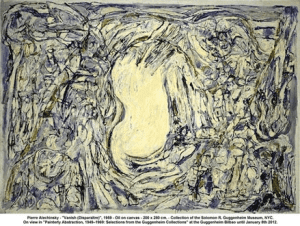
Responses